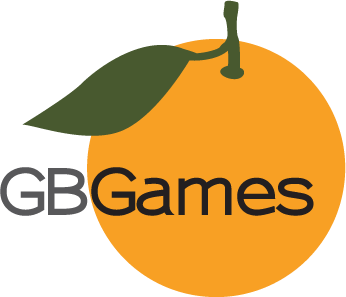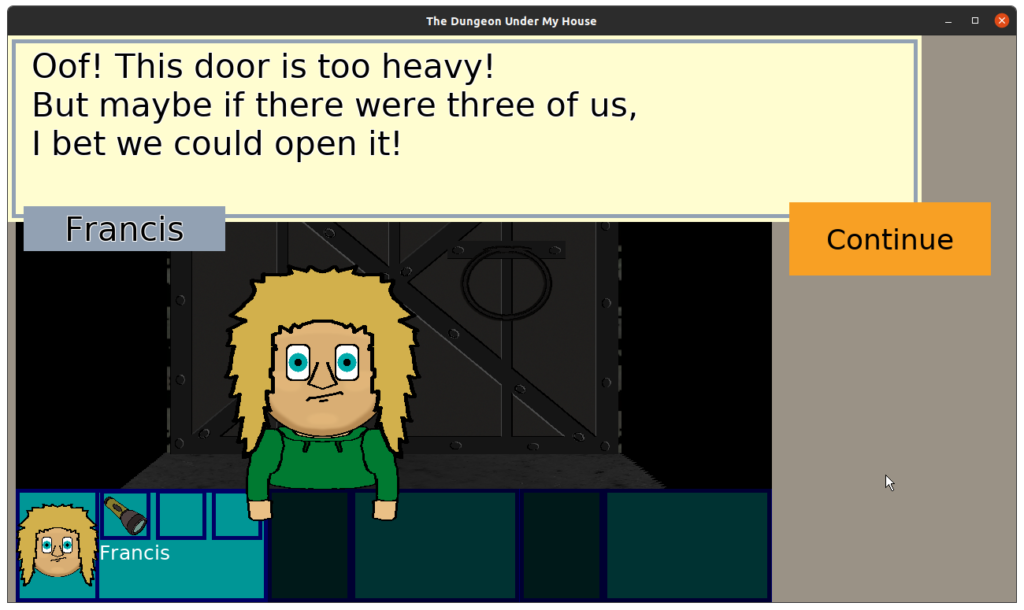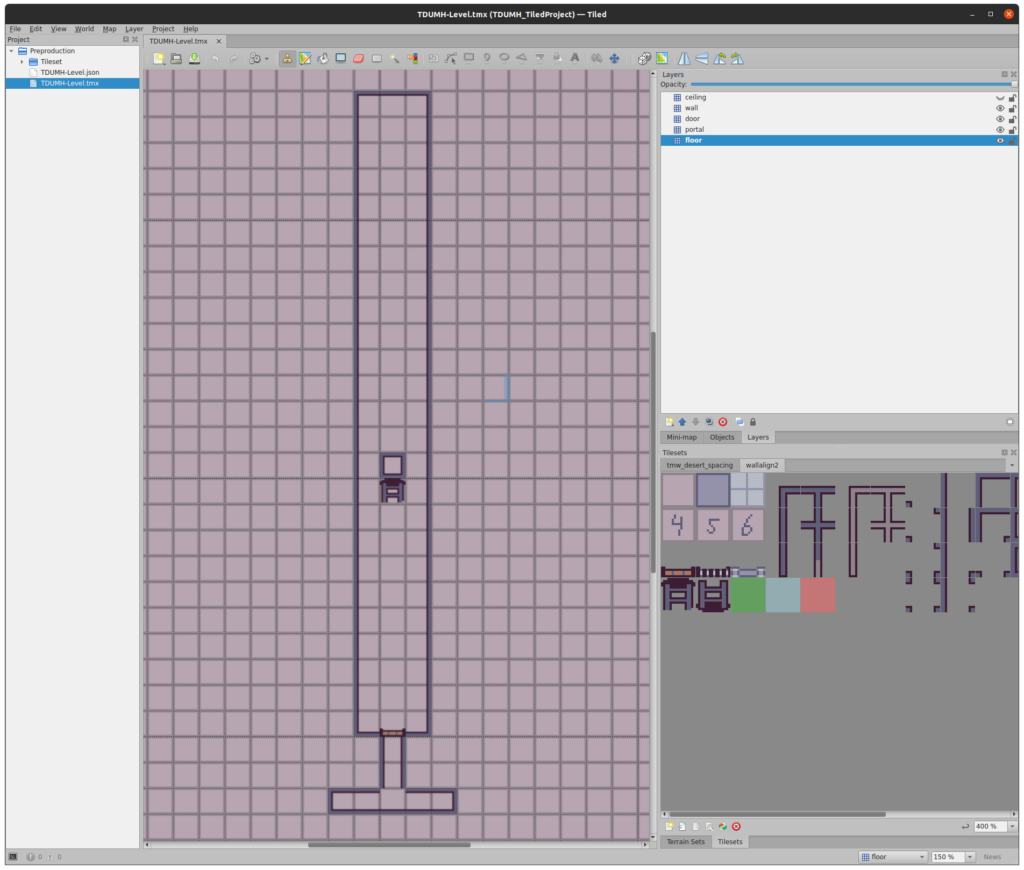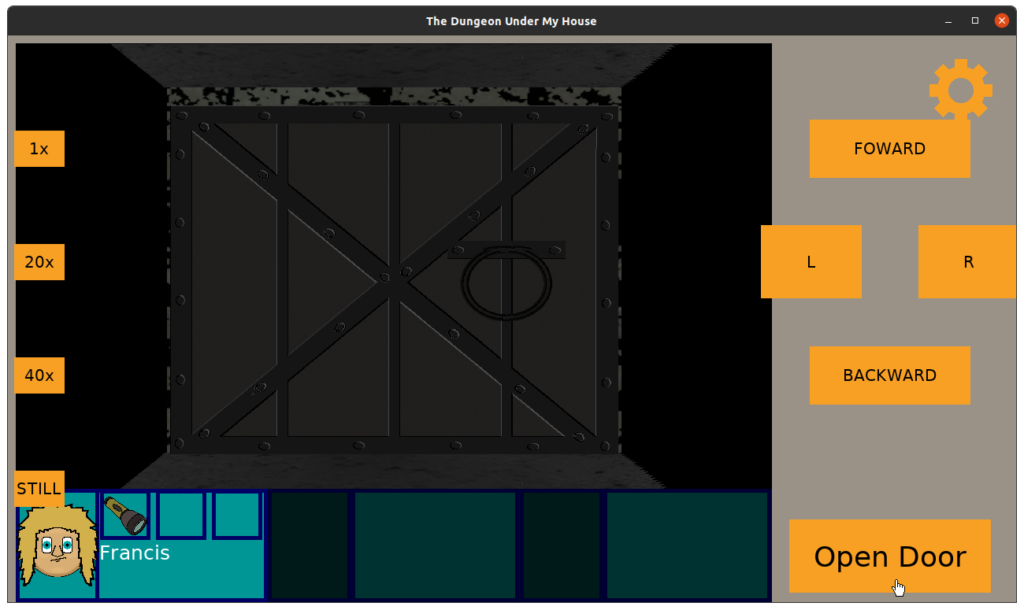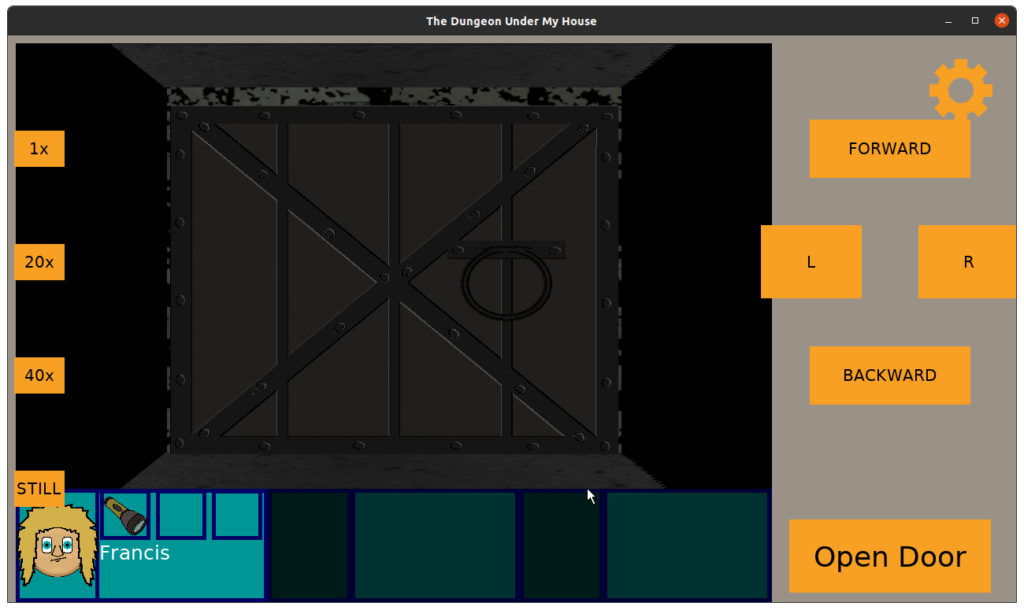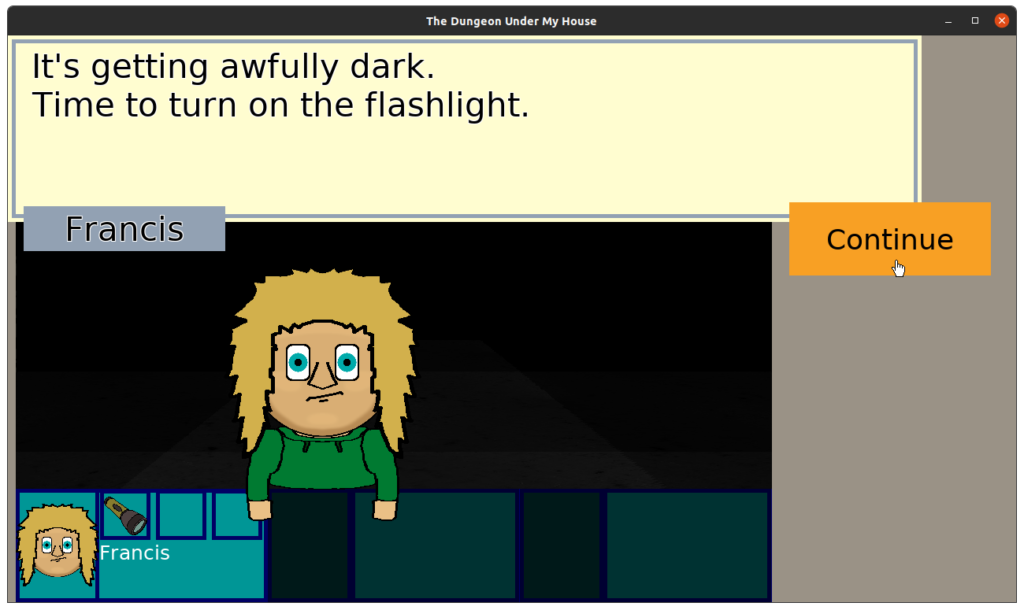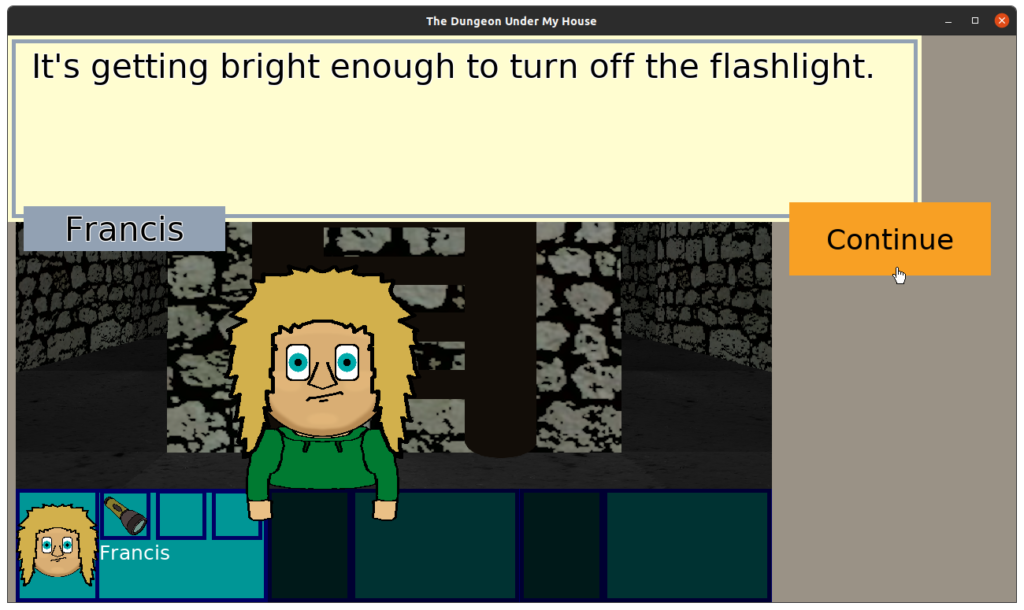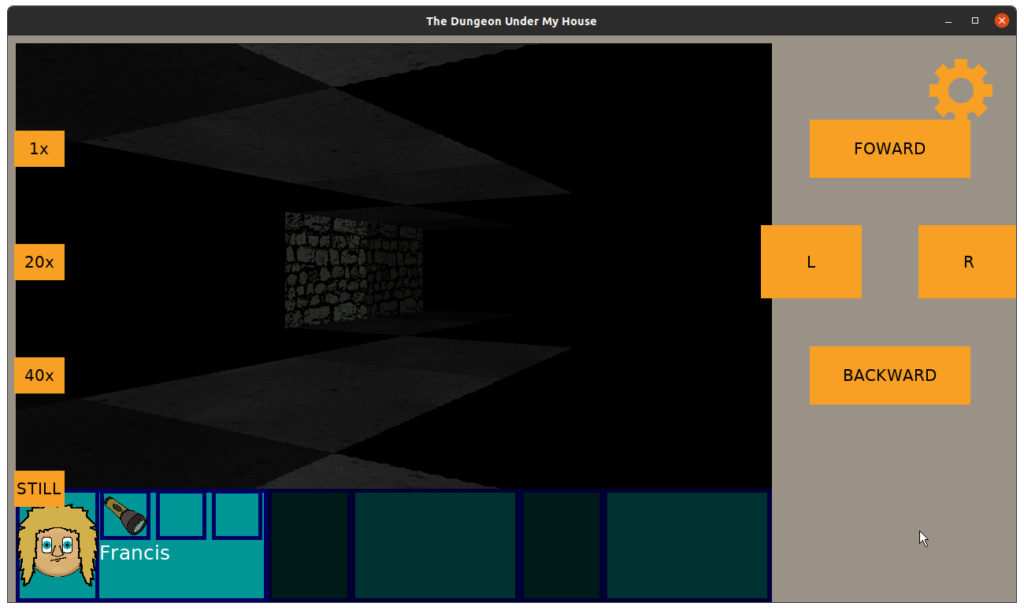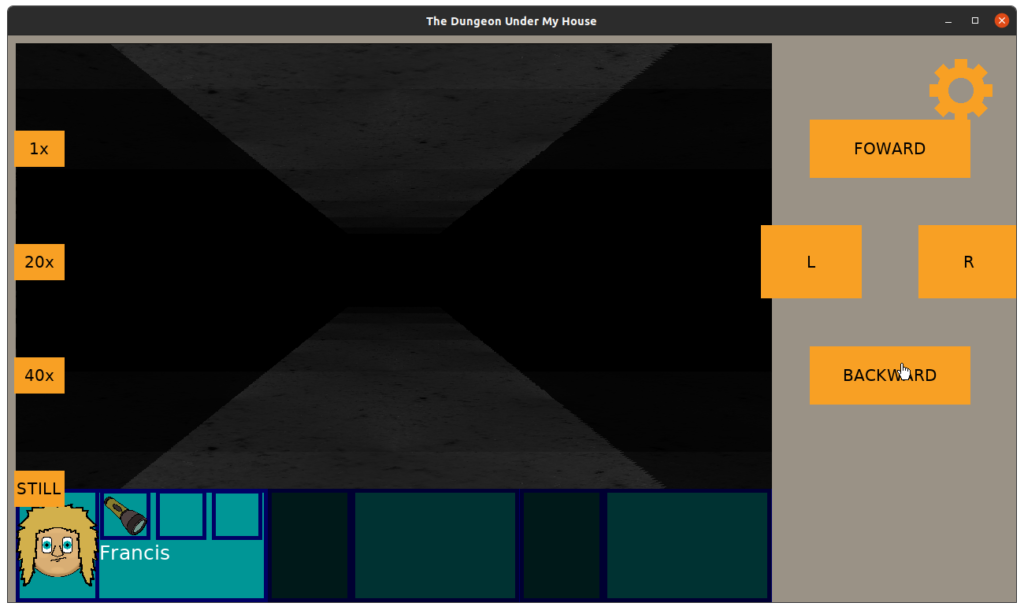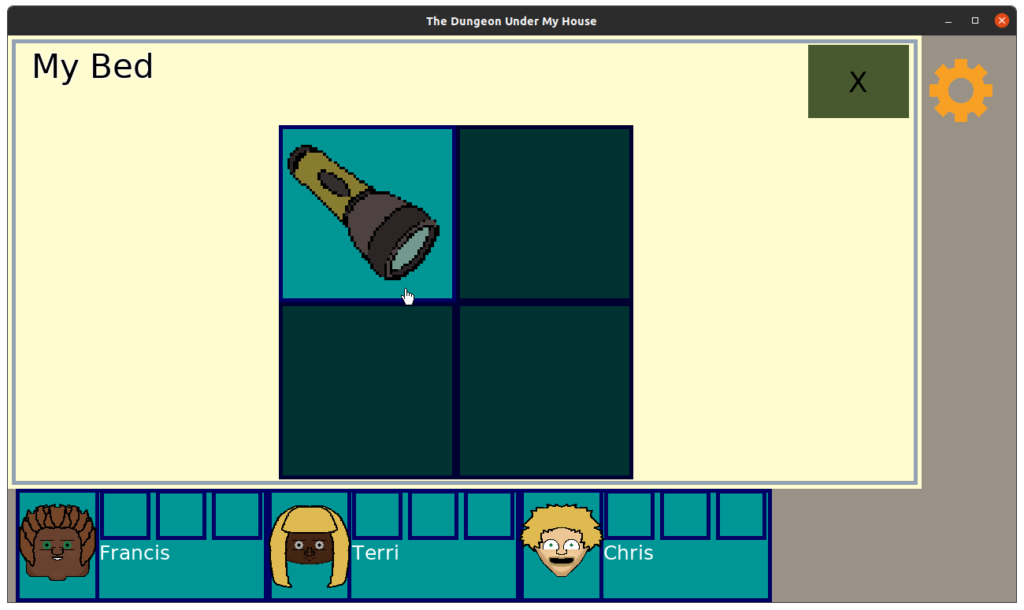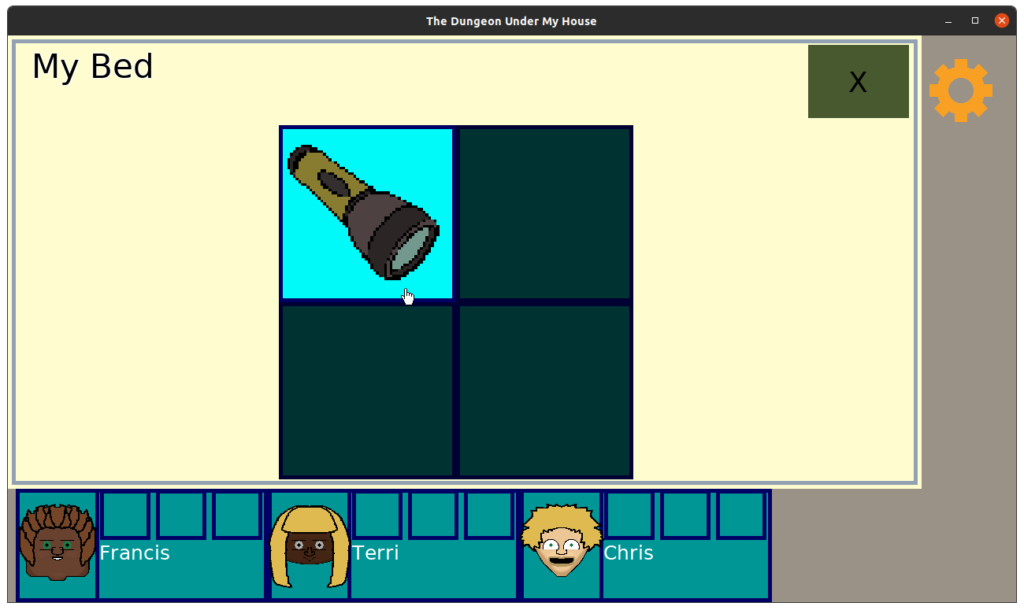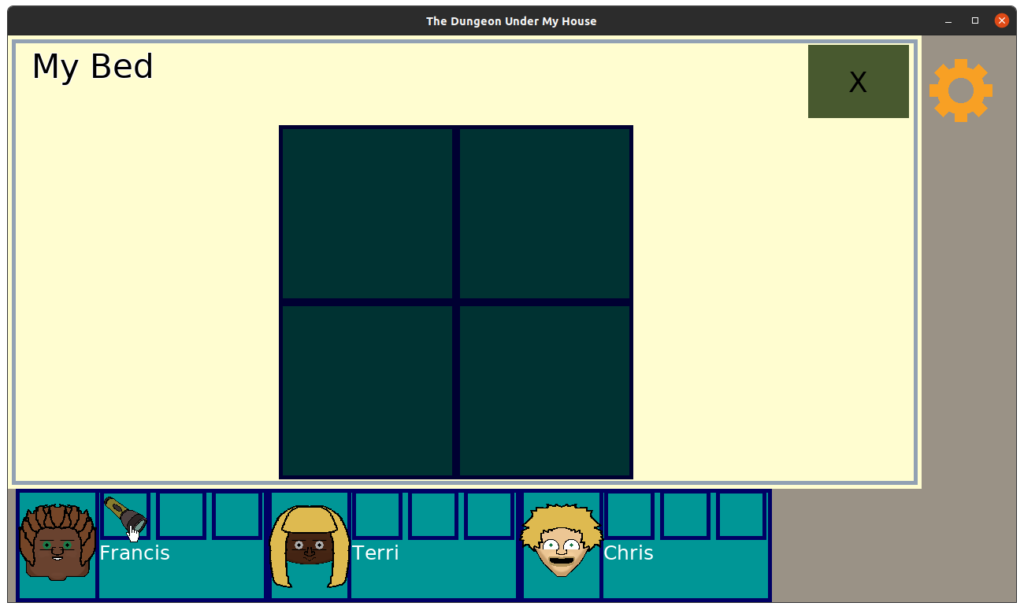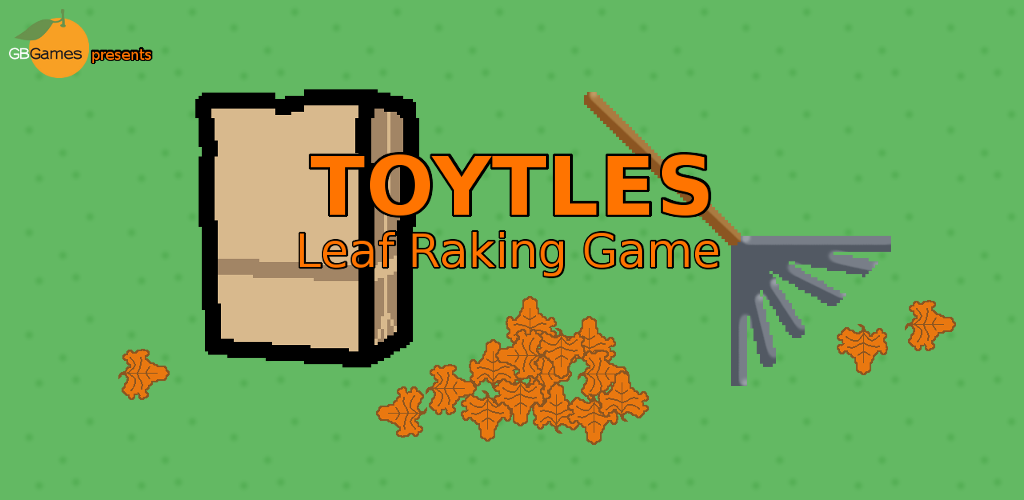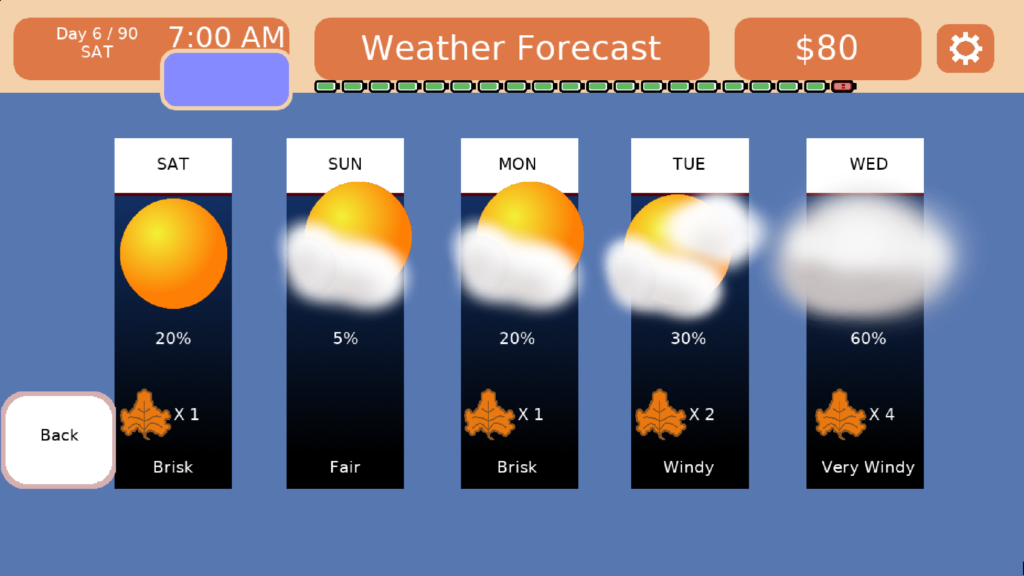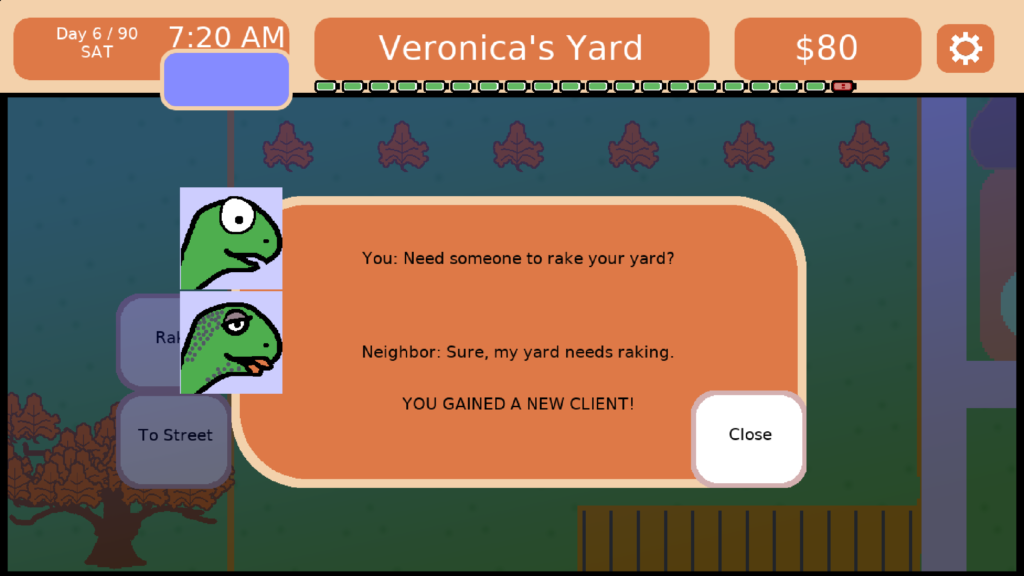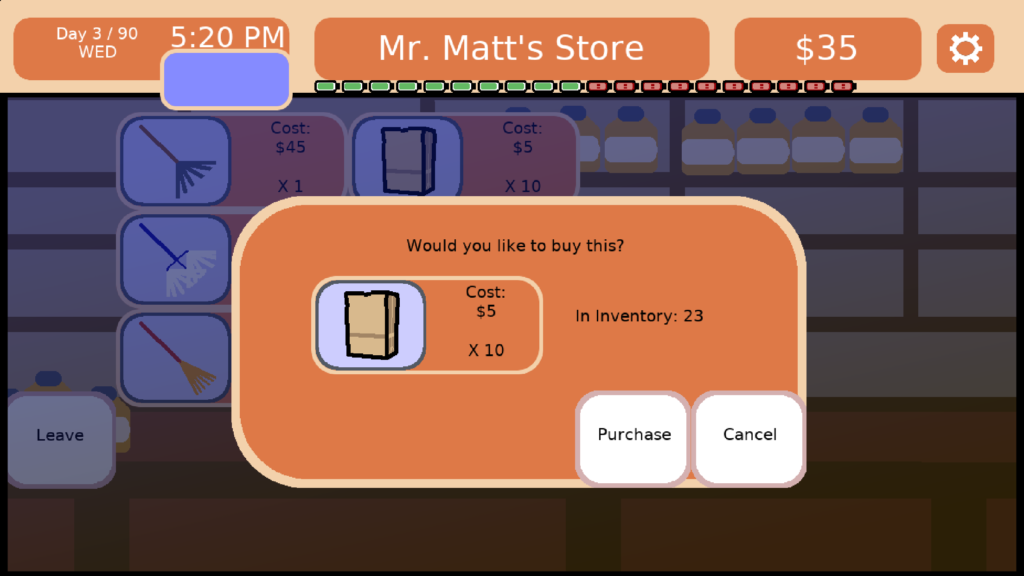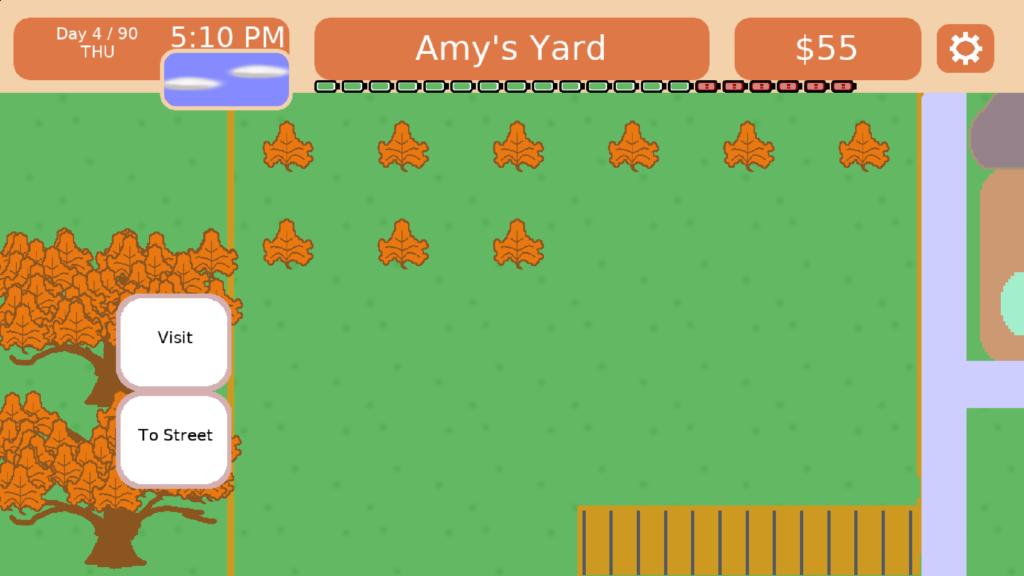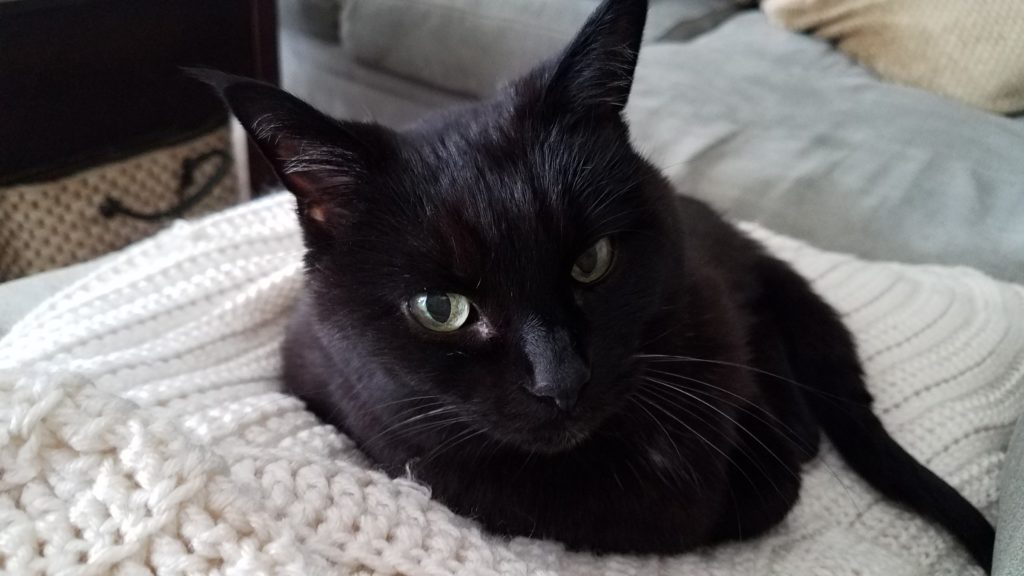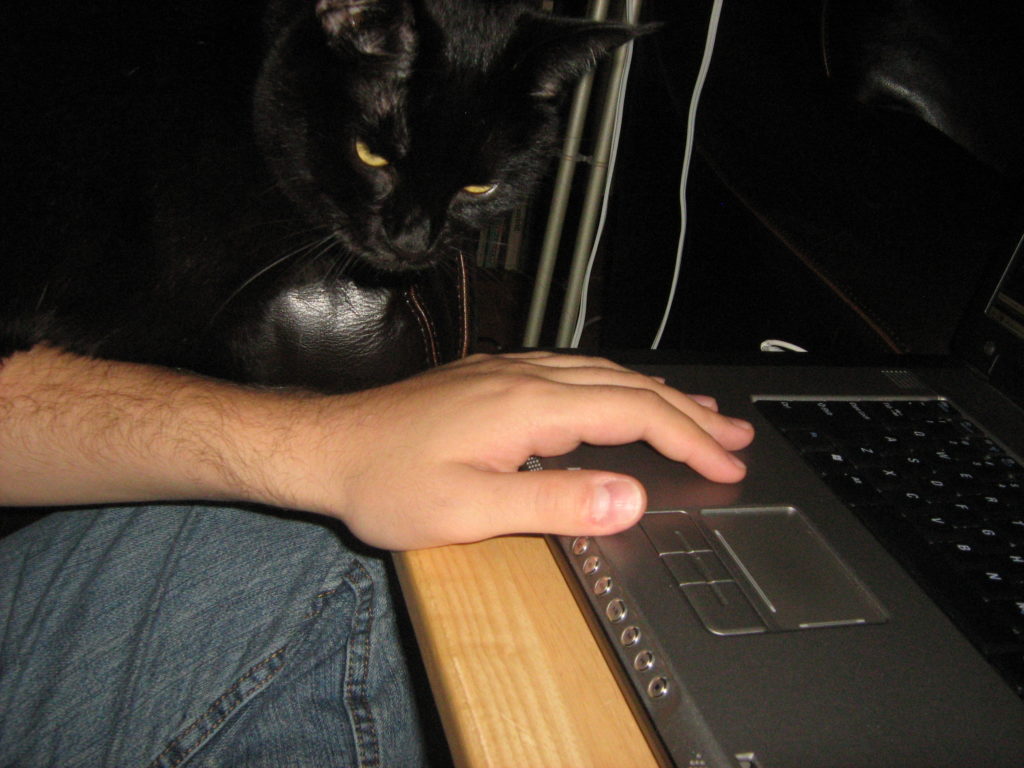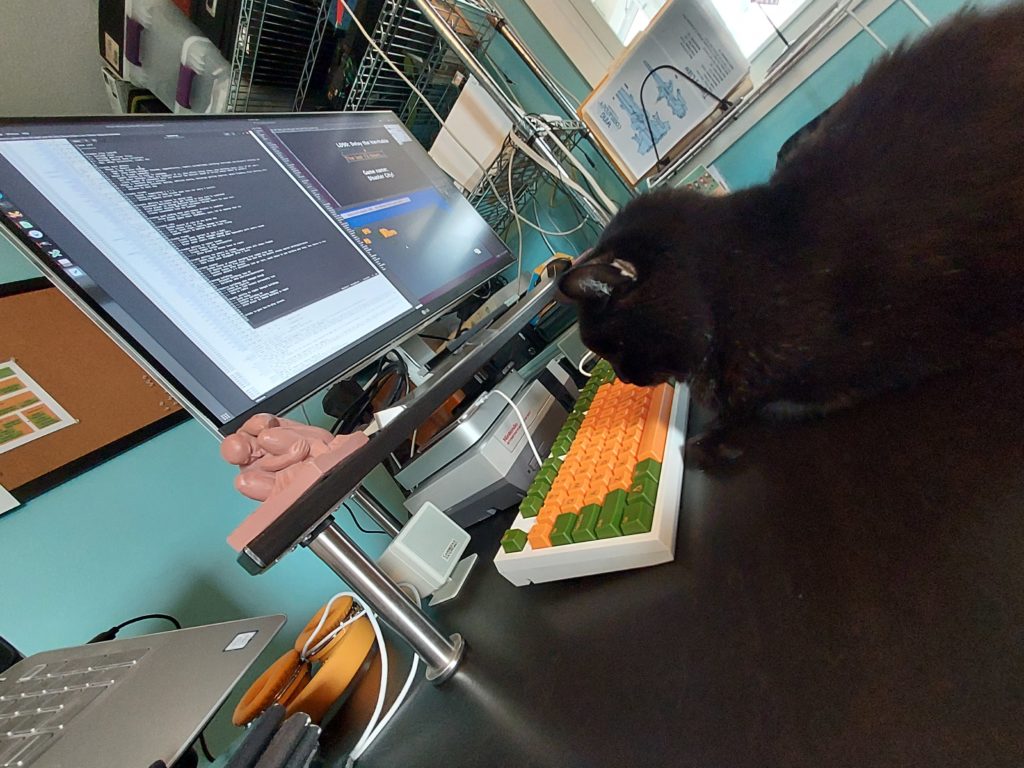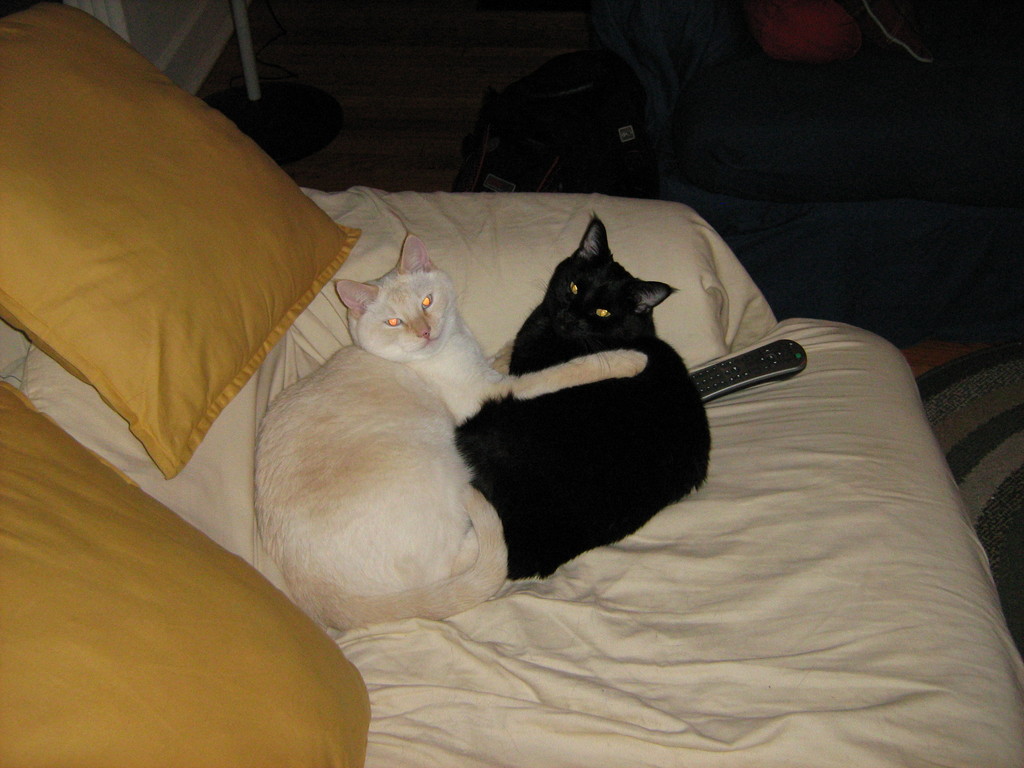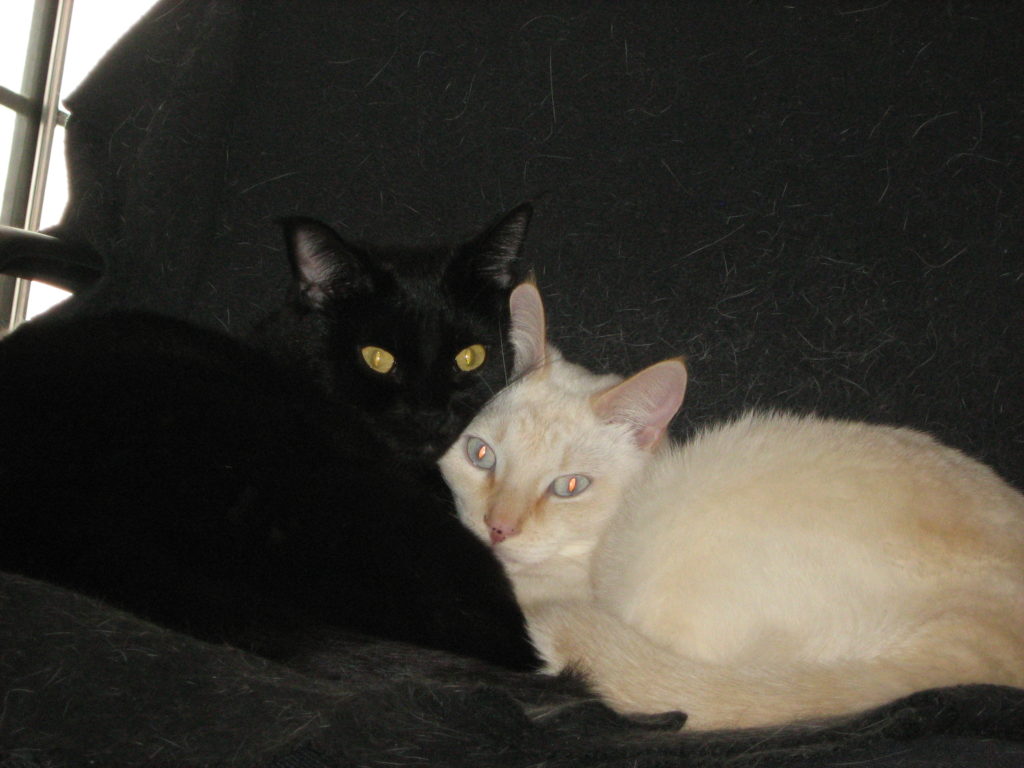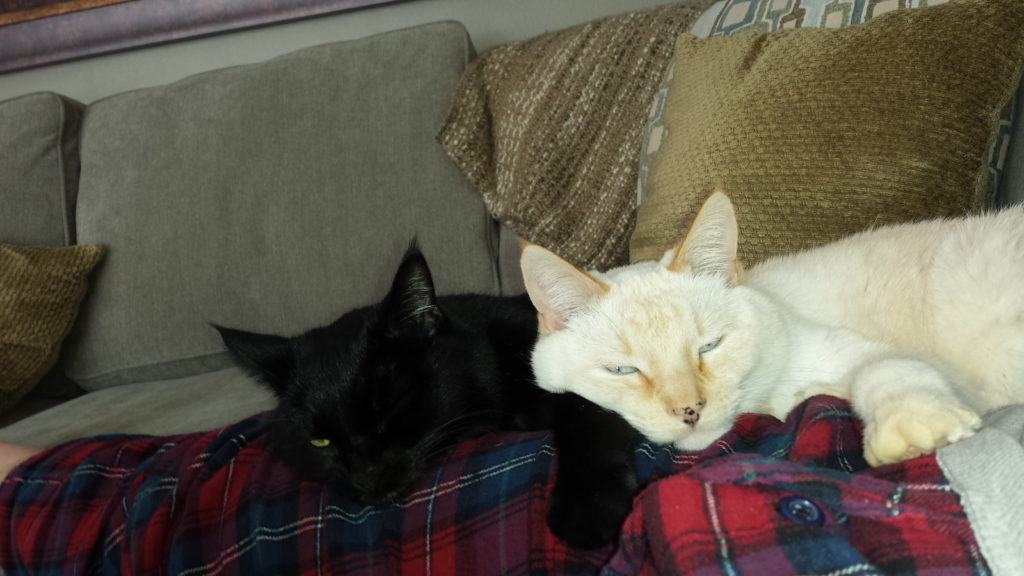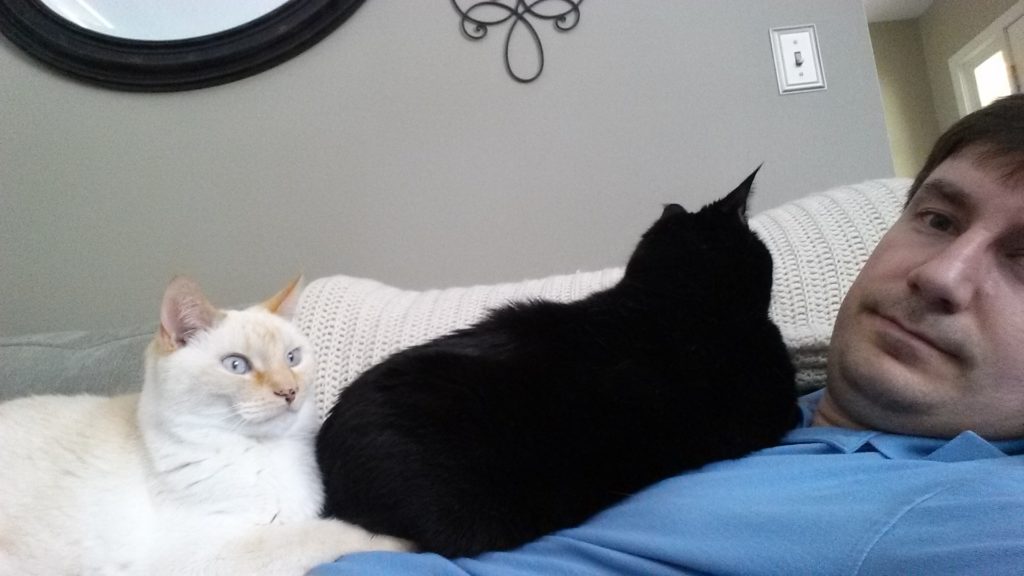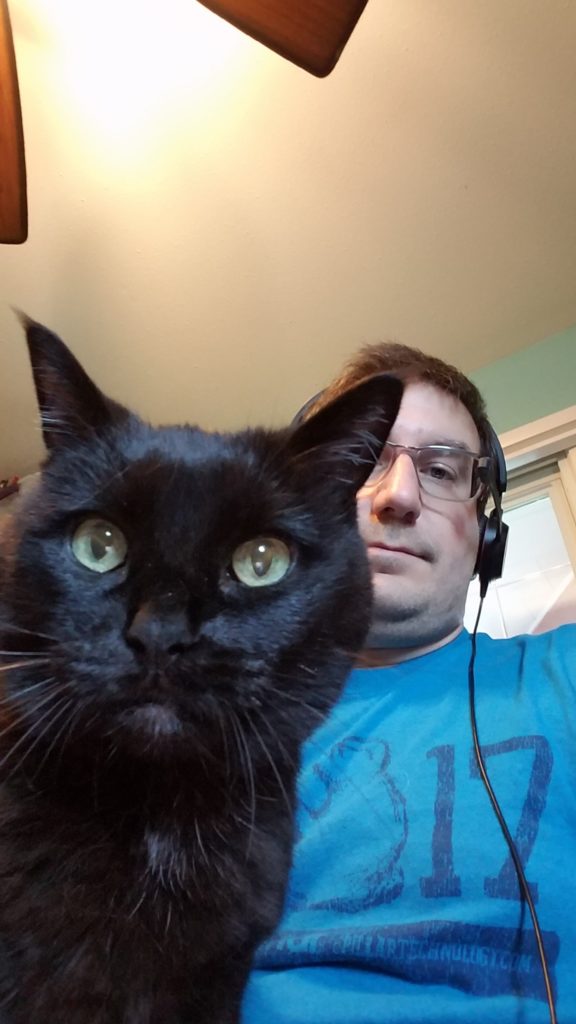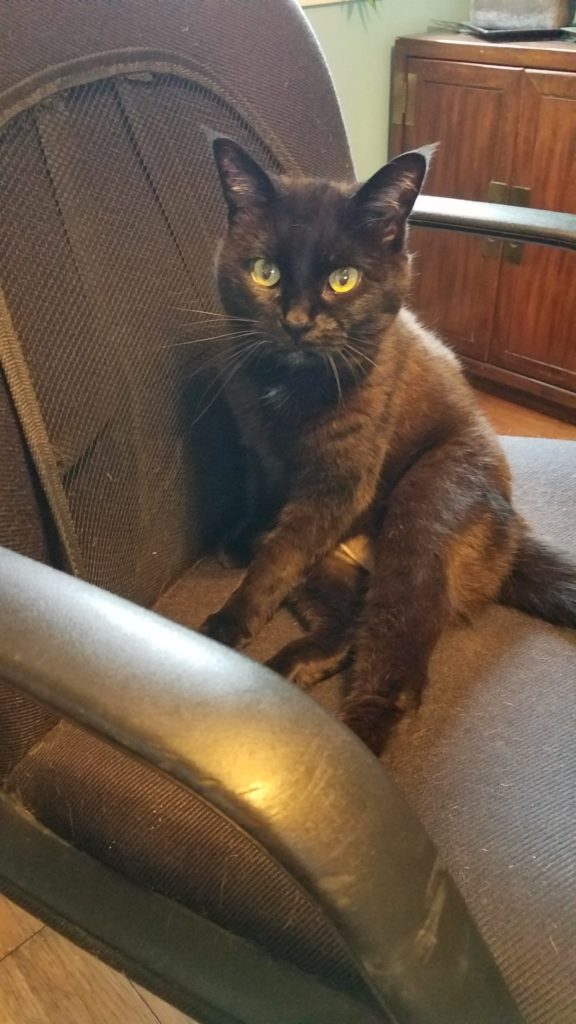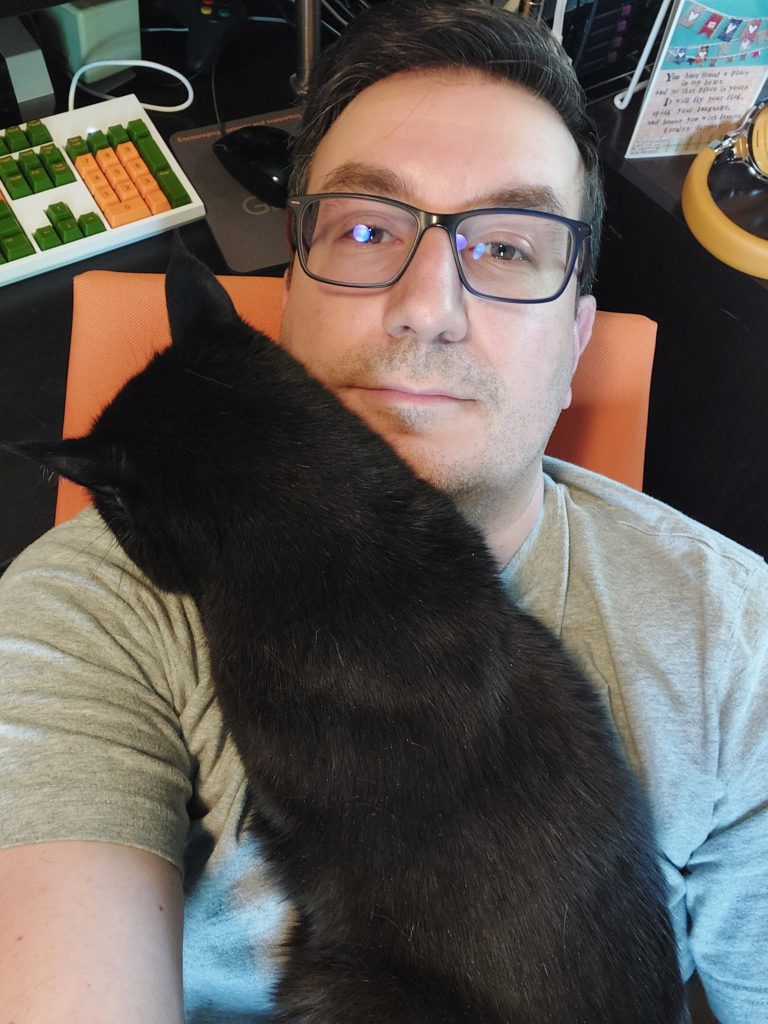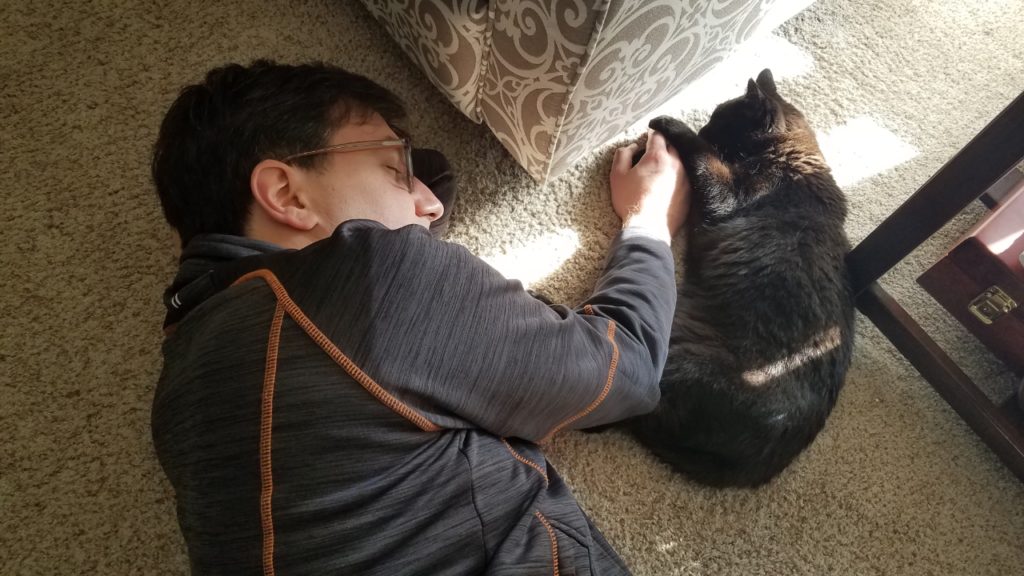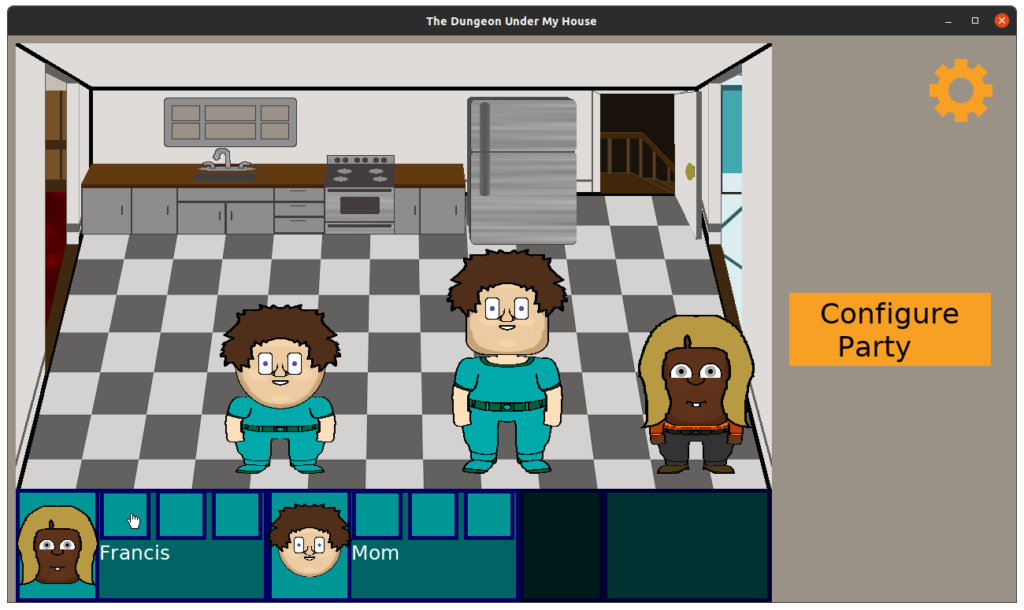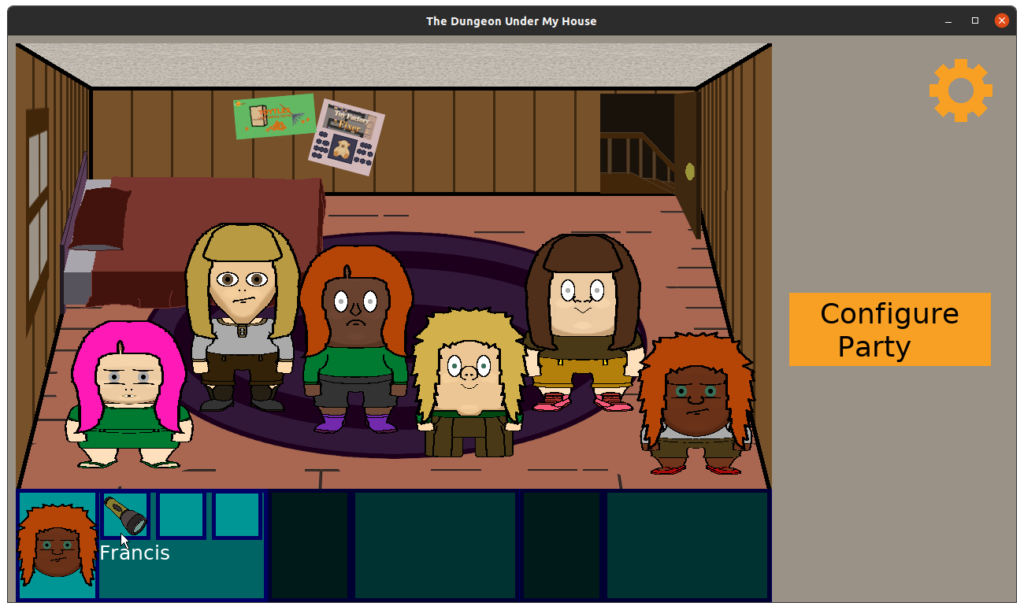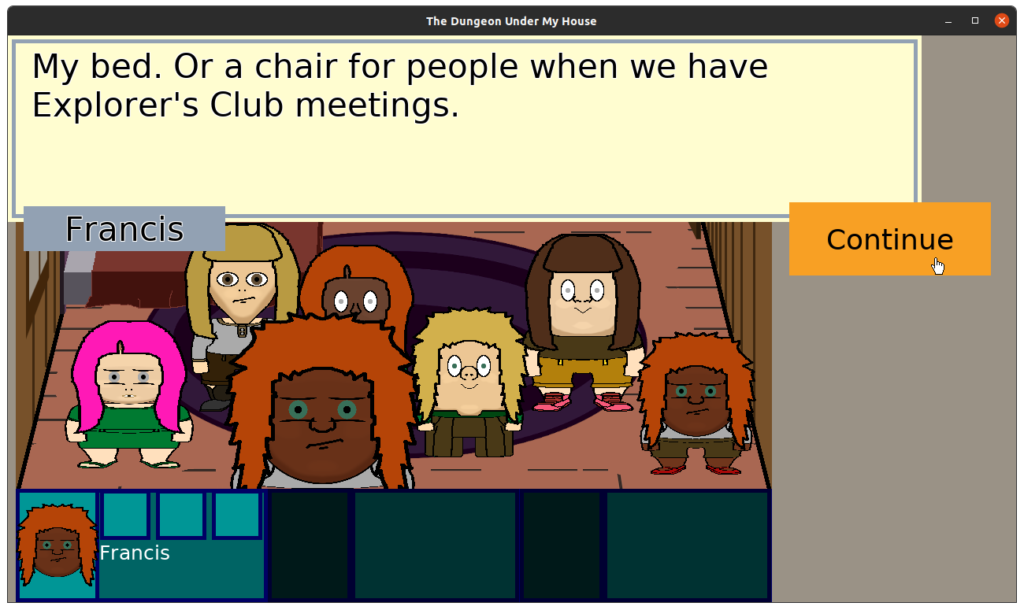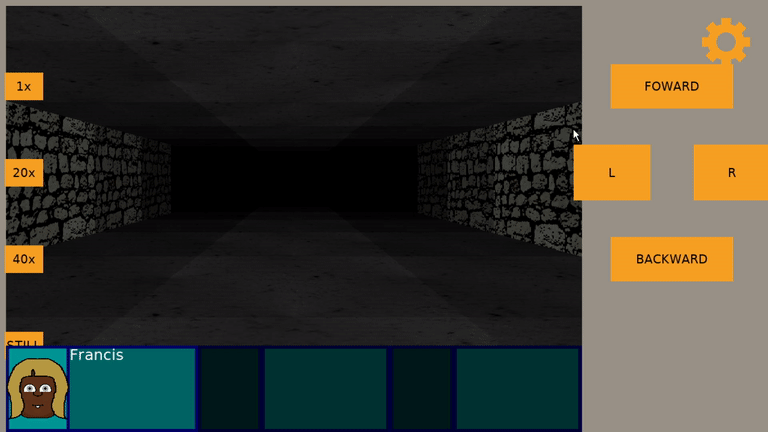In my last report, the player can now use the flashlight to light their way through The Dungeon Under My House, my non-violent, first-person role-playing game and my second Freshly Squeezed Entertainment project.
I had also started working on adding a special door that required the entire party to open.
Sprint 2024-11: Intro sequence game play
Planned and complete:
- Door with beam requires minimum number of party members (or strength) to open
Unplanned and incomplete:
- Create level editor
To recap, my original intro sequence felt too long and boring.
There were unskippable scripts that explained that there was a new member getting inducted into the Explorer’s Club followed by the ceremony itself and then discussion about going on a Snack Quest, and it took too long before you felt like you were playing the game.
For some time I’ve been working on making the introduction more interactive and playable, introducing the main mechanics the player will use throughout the game as soon as possible, and I’m finally almost done with this entire sequence:
- The new member induction ceremony only starts once the player starts it, allowing the player to explore the bedroom and meet characters first if they so desire (Conversation mechanics, scripts, and flags)
- The Snack Quest starts either after talking to Pat after their induction ceremony or when trying to leave the room after the ceremony. (Quests aren’t yet an actual “thing” in the game, but mechanically this is just scripts and flags)
- The objective of getting the jar of pickles from the basement is added once the player enters the kitchen and talks to their parents. (Again, no quests, no objectives, just scripts and flags)
- The dungeon entrance is revealed after the player searches for pickles in the dungeon. (Flags and new art)
- The dungeon limits exploration without a flashlight. (Lighting, triggers, scripts)
- The flashlight can be found and acquired in the bedroom under the bed. (Added furniture, inventory, and items to the game)
- The flashlight allows the dungeon to be explored in the darkness. (Flags, scripts, and dynamic dungeon lighting)
The above has been more or less implemented, although I have some work to do to make the conversation mechanics more obvious and intuitive, plus I would like to make it more obvious how the secret door in the basement opens up. What was left to do for the intro sequence:
- The party finds a heavy, metal door at one end of the dark hallway, which requires a full party to open (flags, new door type)
- Once party opens door, they eventually find themselves in a wide open area with access to many parts of the dungeon.
My original idea for the door was that there would be a heavy beam acting as a drop bar that prevents the door from being opened. The only way to open it is to have a full party, as everyone will need to work together to move the drop bar.
It seems simple enough, but there were a lot of questions I had to answer:
- Can I animate the beam moving, or should it just instantaneously be in a new position?
- Where is the beam when it isn’t engaged? Lying on the floor? Leaning against an adjacent wall? Do I need to guarantee a wall is adjacent?
- Should the player be able to re-engage the beam?
It seemed like a lot of work, and so I decided to just…not do it.
Instead, I decided to make doors have different weights. Normal doors are easy to open, but really heavy doors require more people.
The reason why I wanted a door to require a full party to open, whether it was with a heavy drop bar or just a heavy door, was that I wanted the player to have a reason to go back to the bedroom and get a full party together in case they decided to explore the dungeon early.
Basically, this intro sequence now teaches the player how to play the game: they have shown that they can talk to characters using the conversation system, collect items by interacting with inventories, navigate the darkness by using a portable light source in the form of a flashlight, and now add characters to their party.
So, now what? After the player opens the big heavy door at the end of the hallway, what happens then?
That’s when the rest of the game really starts.
But I of course need to create the next part of the dungeon that they would see.
Up until this point, I’ve been using my game’s code to create the dungeon, and it worked fine when I had a simple test dungeon of a few rooms and some doors, but it’s not terribly intuitive to work this way.
I knew that I wanted a GUI editor eventually, and in the past I looked into the Tiled map editor, but I decided it was time to look more seriously into it. I could create my own from scratch, which I imagine would be fun and all, but it would probably take me way too long to do, and I want to get the game finished sometime in my lifetime.
Thanks to eishiya in the Tiled Discord, I got some very direct help figuring out how to use Tiled to create the dungeon layout in a way that I can then use in my existing code.
The above uses a tileset image that eishiya provided.
I still have some things to learn about how to use this tool, but I’m already figuring out some keyboard shortcuts and how to use layers. eishiya demonstrated how to use terrains to essentially paint the walls automatically, and I’m building up my own understanding of how to get there.
But besides figuring out how to use Tiled, my next main concern is to figure out how to import a simple map that I created, which should be straightforward although there is no Yaml export, and my existing code doesn’t have a JSON reader.
I am also interested in a custom exporter to make the map more directly related to how my code treats the dungeon levels.
Oh, and after a year of screenshots and videos, my wife alerted me to a typo that I have now fixed:
Thanks for reading!
—
Want to learn when I release The Dungeon Under My House, or about future Freshly Squeezed games I am creating? Sign up for the GBGames Curiosities newsletter, and download the full color Player’s Guides to my existing and future games for free!
